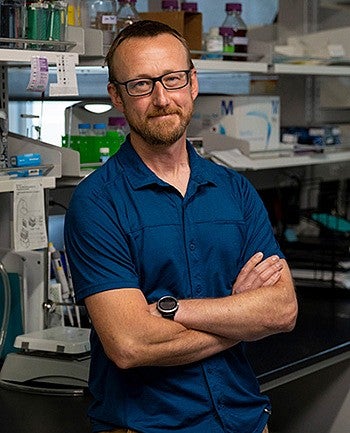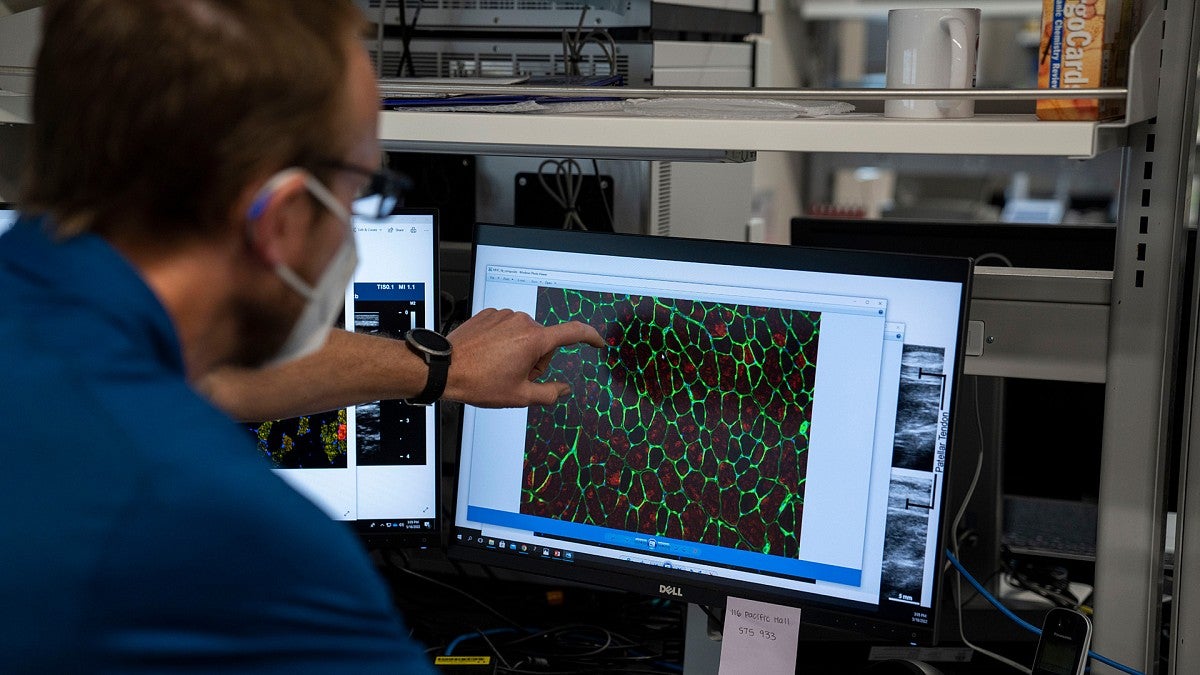Differences in the way muscles respond to stress could help explain why certain sports injuries are more common in women compared to men, and vice versa, new research suggests.
The small study is among the first to study in detail how the mechanical properties of muscles change in response to exercise in women, said Damien Callahan, an exercise physiologist at the University of Oregon who led the work alongside graduate student Grace Privett.
The research published August 20 in the journal Experimental Physiology.
Exercise physiology studies often only look at men and extrapolate out to everyone. But there are some measurable population-level differences in the way men’s and women’s bodies typically respond to physical activity.

For instance, extensive research shows that muscle and joint stiffness varies by sex; in general, women have less stiff connective tissue, which leads to looser, laxer joints. Perhaps as a result, women are at greater risk for tendon and ligament tears, while men are more likely to experience muscle strains.
Studies on this scale can be particularly insightful because they let researchers get a focused look at the mechanical properties of proteins inside of muscle cells, separate from the influence of other systemic factors like neural control of muscles, Privett said.
In their study, the researchers brought healthy but relatively sedentary young adults into the lab. Participants did an exercise that fatigued just one leg, kicking out a lever attached to a chair until they couldn’t do it anymore. Then, the researchers immediately collected a biopsy from a thigh muscle in each leg, to compare the muscle fibers that were fatigued from exercise to ones that weren’t.
In the male participants, muscle fiber stiffness consistently decreased after exercise, they found. But in the female participants, the same pattern didn’t emerge.
“The cellular stiffness response in the females was just more diverse than it was in the males—whereas the cells from some females were less stiff following fatiguing exercise, the cells from others were stiffer,” said Privett. “This result was very unexpected, and has since prompted an entirely new line of questioning.”
Along with changes in muscle stiffness with fatiguing exercise, the researchers also noticed changes in a muscle protein called titin, which helps make muscle fibers springy. That could be contributing to the changes in the muscle.
Due to the difficulty of carrying out a study like this one, the sample size was just eight participants overall, Callahan said. So the findings are preliminary, but ongoing studies that compare the results to those assessed in highly trained athletes will likely shed additional light on the mechanisms that mediate sex-based difference in tissue compliance with exercise. Regardless of the findings, it is likely they will open up many new questions for future research, he said.
“We think we’re just scratching the surface here,” he said.
For instance, the researchers tried to control for variations in estrogen levels, since the hormone is thought to impact muscle stiffness. They brought in women who were on hormonal birth control or were in the follicular phase of their menstrual cycle, when estrogen levels are low.
But in follow-up work, the team hopes to specifically dig into the effects of these sex hormones. They plan to do similar tests in active women over the course of their menstrual cycles, to understand how circulating levels of estrogen and progesterone might be contributing to the sex-based differences in muscle response.
Hormones like estrogen might have different effects in different tissues, Callahan notes, making it even more complicated to untangle their impact.
“We also want to try to translate cellular-level data out to the whole tissue, to scale these things up and bring them more into the context of the whole individual,” he said. Those studies are already underway in Callahan’s lab.
This research was supported by the Wu Tsai Human Performance Alliance and the National Institutes of Health.
—By Laurel Hamers, University Communications
—Top photo: Assistant professor of human physiology Damien Callahan looks at muscle tissue samples on a computer screen. Photos by Chris Larsen


